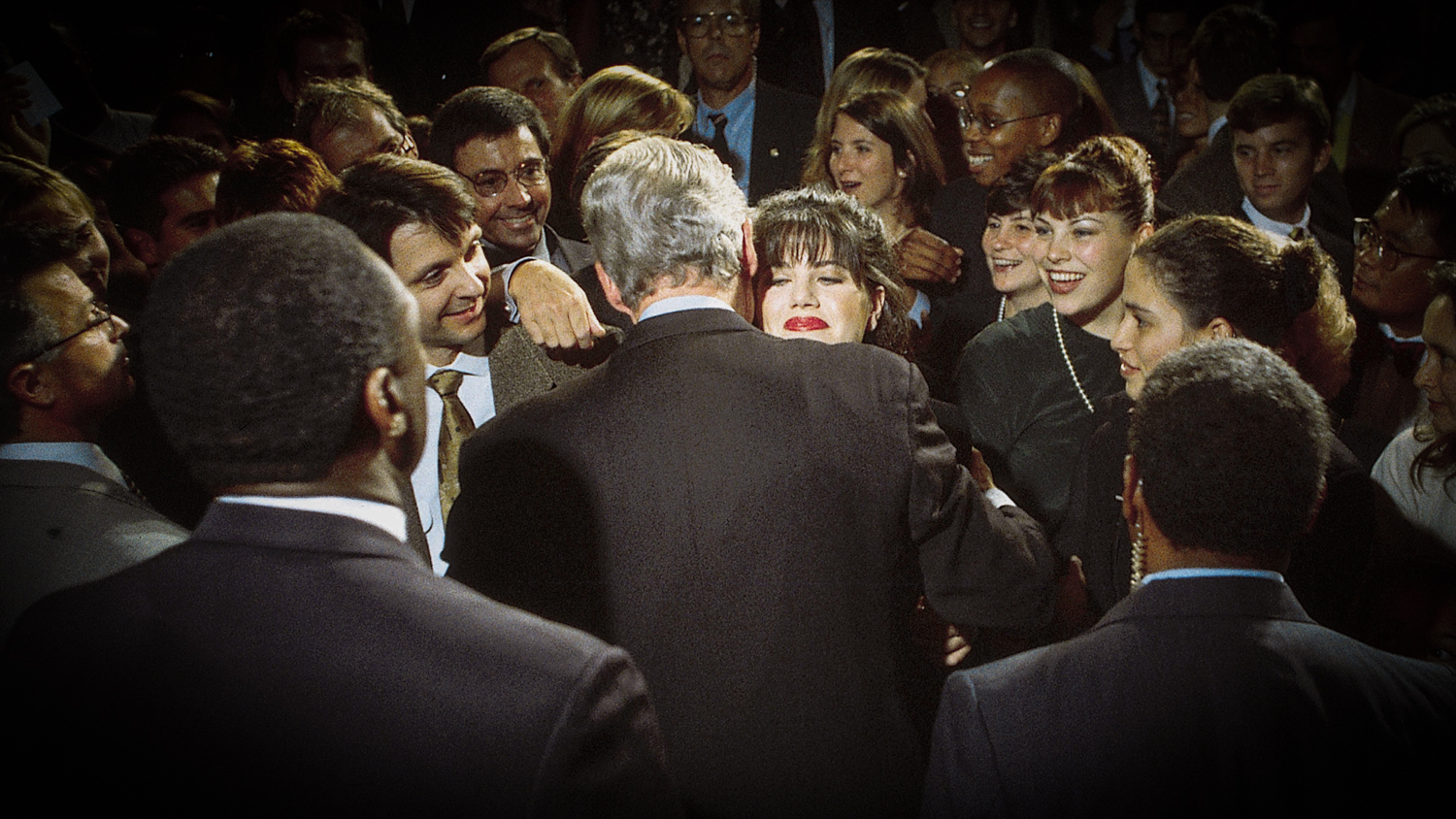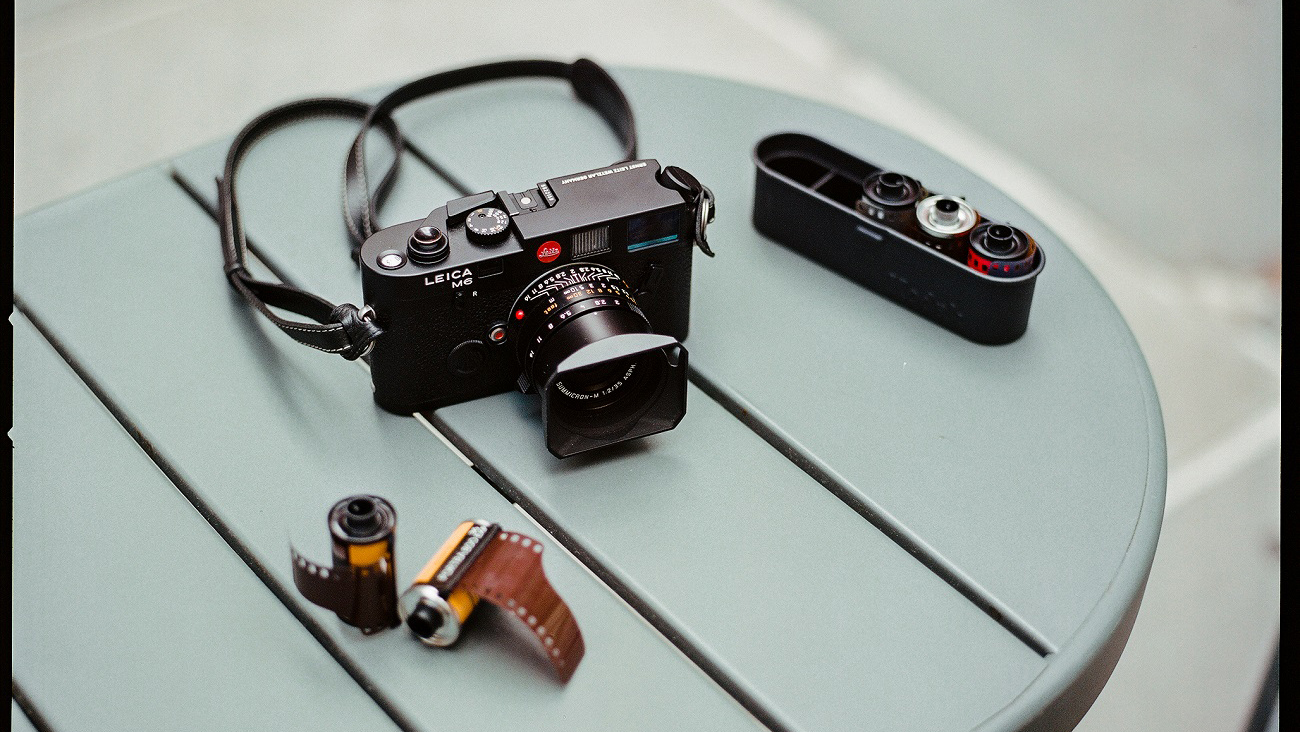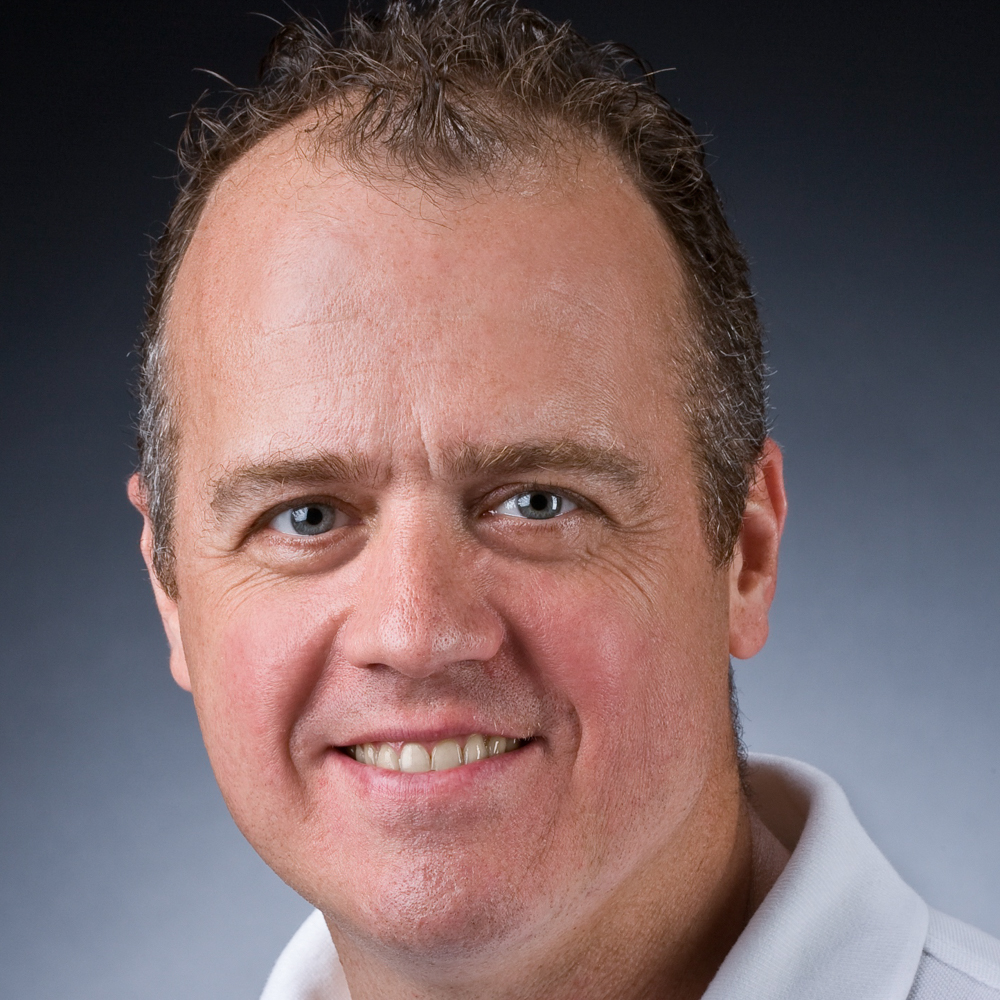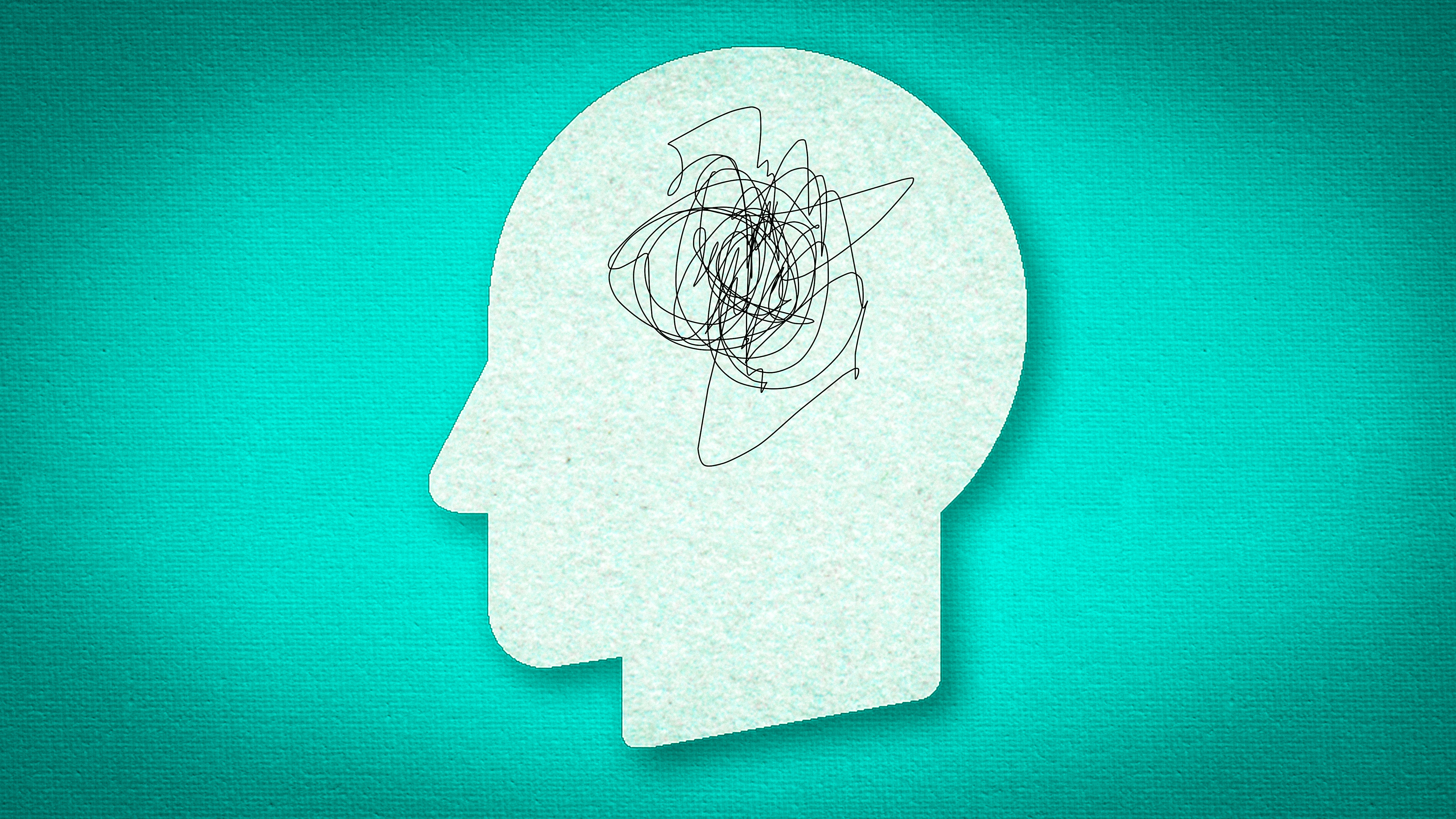This famous photo of Monica Lewinsky and Bill Clinton is proof that new camera technologies can have unexpected consequences
It's not always clear how technology is changing photography, as this 30-year-old photo by Dirck Halstead goes to prove

Over the past few years, many articles have written about how new technologies – mainly artificial intelligence – are altering photographs so that it’s increasingly difficult to determine how much of an image is unedited and how much has been manipulated.
For example, in March 2024, a pair of articles – one from The Independent and another from CNN – refer to the image manipulation “scandal” around a family photograph of Kate Middleton, Princess of Wales, with her three children.
In The Independent story, the writer discussed how the incident had “led to profound questions over how true photographs really are.” The writer of the CNN story noted that the controversy over the Kate Middleton photo raises a thorny question: “In an age when digital editing tools are more widespread and easier than ever to use, what even is a photo anymore?”
But new technologies, like AI, aren’t just changing the content of photographs, or how we edit and manipulate those images. What both intrigues and frightens me is the unexpected ways that new technologies will alter how we take photographs. Where and how will new technologies change the process in such a way that we may actually be blind to exactly how it’s changing photography?
The following story is just such a case study in how all photographers, even seasoned professionals, might be blind to some of these technological changes.
In the fall of 2006, I attended a fascinating talk during the 2006 PhotoPlus Expo in New York, which included a trio of internationally renowned photographers: photojournalist Dirck Halstead, nature photographer Frans Lanting, and street, portrait, and landscape photographer Joel Meyerowitz.

They all gave inspiring speeches, but it was Halstead’s that really stands out in my memory. During his speech, he told the story of how his award-winning photo of former President Bill Clinton and Monica Lewinsky, the White House intern with whom Clinton had had an affair, appeared on the cover of Time magazine.
Get the Digital Camera World Newsletter
The best camera deals, reviews, product advice, and unmissable photography news, direct to your inbox!
During the 1996 presidential campaign, Halstead attended a fundraiser a few days before the election. And in the same way he had done at most other political events that year, he shot hundreds of photos throughout the night. Like most of his fellow photojournalists, he never really looked at many of his shots that night, since most included unmemorable or unimportant subjects.
However, unlike many of those same photojournalists attending the fundraiser that night, Halstead was still shooting with 35mm film on a conventional analog film camera. In other words, he had yet to make the jump into shooting digital.
He then forgot about the photos he shot that night.
But then, several months later, one of the biggest scandals of the Nineties broke: President Clinton had indeed been having an affair with Lewinsky. Halstead said that when he found out about the news, he asked one of his assistants to search thousands of “discarded film slides,” including shots from the night of the fundraiser, that were still in his archives.
Her search turned out to be very rewarding for Halstead. She found the remarkable image of Clinton at the fundraiser embracing Lewinsky. And Halstead had shot the photo while the affair was still a secret to anyone in the media or the world.

However, it wasn’t just the dedication of his assistant searching through his archive that proved important to finding the image. It was also the fact that he hadn’t switched over to shooting digital yet.
According to Halstead, shooting film is what enabled his assistant to find the shot. He also added that the reason the other photographers didn’t have the shot was that almost all the other photojournalists that night were shooting with DSLRs and almost certainly deleted near-identical shots from their memory cards right after the event, since Lewinsky was just an unknown intern at the time the image was taken.
Now, I’m not advocating that everyone turn back time and go back to shooting film. But in this age of rapidly changing technologies, Halstead’s story has become a cautionary tale, of sorts, and brought to mind several open-ended questions to consider:
• Does technology always improve your photography?
• How will new technology affect your process of shooting, your workflow, or other aspects of taking your photos?
• Are there ways you can research or investigate how a new technology or format will affect your work?
• How can you tell if it’s worth the investment to change to a new format or use a new technology?
You might also like…
If you do want to go back to fim, take a look at the best film cameras – along with the best 35mm film to load them with. Alternatively, if you just want to look the part, take a look at the best retro cameras like the OM System OM-3 (review), which pack modern tech in classic-looking camera bodies!
Terry Sullivan has tested and reported on many different types of consumer electronics and technology services, including cameras, action cams, mobile devices, streaming music services, wireless speakers, headphones, smart-home devices, and mobile apps. He has also written extensively on various trends in the worlds of technology, multimedia, and the arts. For more than 10 years, his articles and blog posts have appeared in a variety of publications and websites, including The New York Times, Consumer Reports, PCMag, Worth magazine, Popular Science, Tom’s Guide, and Artnews.
He has produced many articles and has appeared on TV to discuss a variety of topics, including the best cameras and devices to buy during the holidays, how photographers and content creators can get the most out of their point-and-shoots or phones, and how consumers can be creative when shooting a photograph, producing a video, or recording a song on a phone. He may also have the dubious achievement of being the first person (or one of the first) to create a music video entirely on an iPhone, created from media (the music itself, photos, digital art and video clips) produced on the device itself. Additionally, he is a musician, photographer, artist, and teacher.
You must confirm your public display name before commenting
Please logout and then login again, you will then be prompted to enter your display name.

